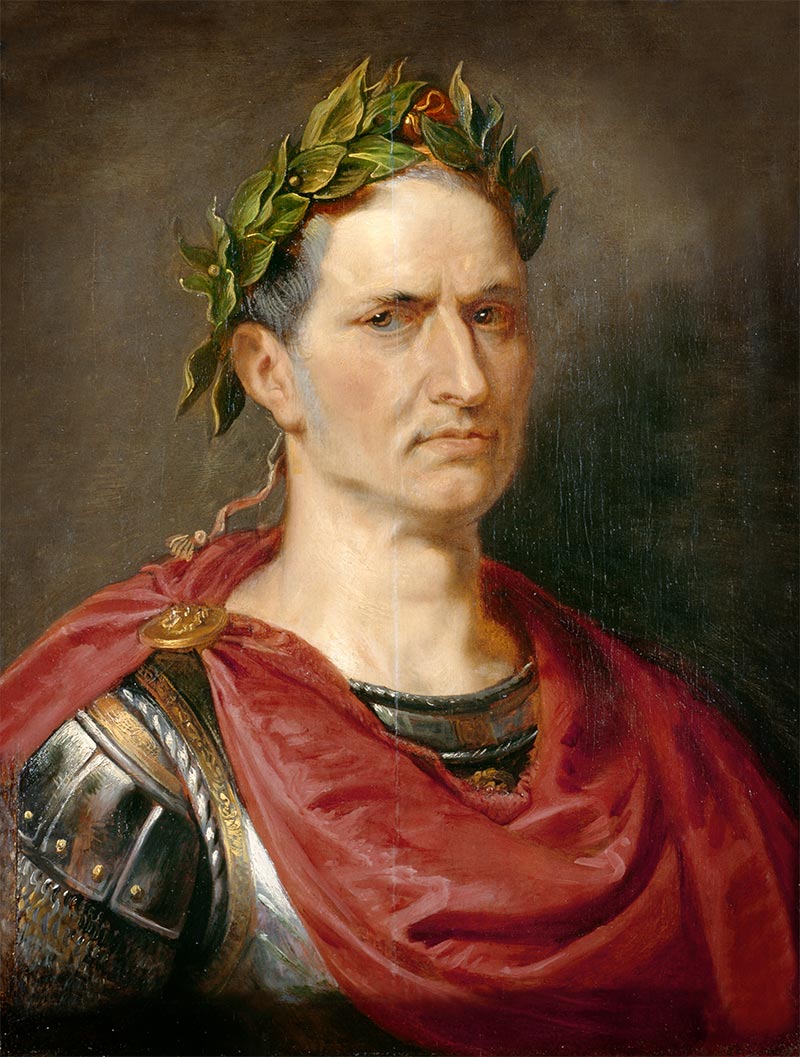Strategic Leadership Analysis
Darius archetypes believe scale only matters if it is measurable. You codify taxes, deploy inspectors, and knit vast territories together with infrastructure that makes accountability inevitable. People experience your leadership through predictable processes that outlive any single campaign.
Strengths
- Builds scalable administrations in record time
- Invests in roads, canals, and supply hubs that unlock trade
- Deploys inspectors to keep regional leaders honest
- Balances strategic vision with meticulous execution
- Crafts clear policies that feel fair across cultures
Pressure Points
- Bureaucracy can grow heavy if not pruned
- Trust issues may trigger micromanagement
- Reforms can face initial resistance from elites
- Tempo may slow frontline experimentation
- Constant data collection demands disciplined teams
Relationship Operating System
You thrive with storytellers who translate metrics into meaning and creatives who keep the system inspiring.
Deployment Zones
Enterprise PMOs, public infrastructure programs, compliance modernization, operations excellence, analytics-driven governance
Leadership Lessons to Apply Today
Allow local innovation sprints and calibrate oversight so initiative survives alongside rigor.



